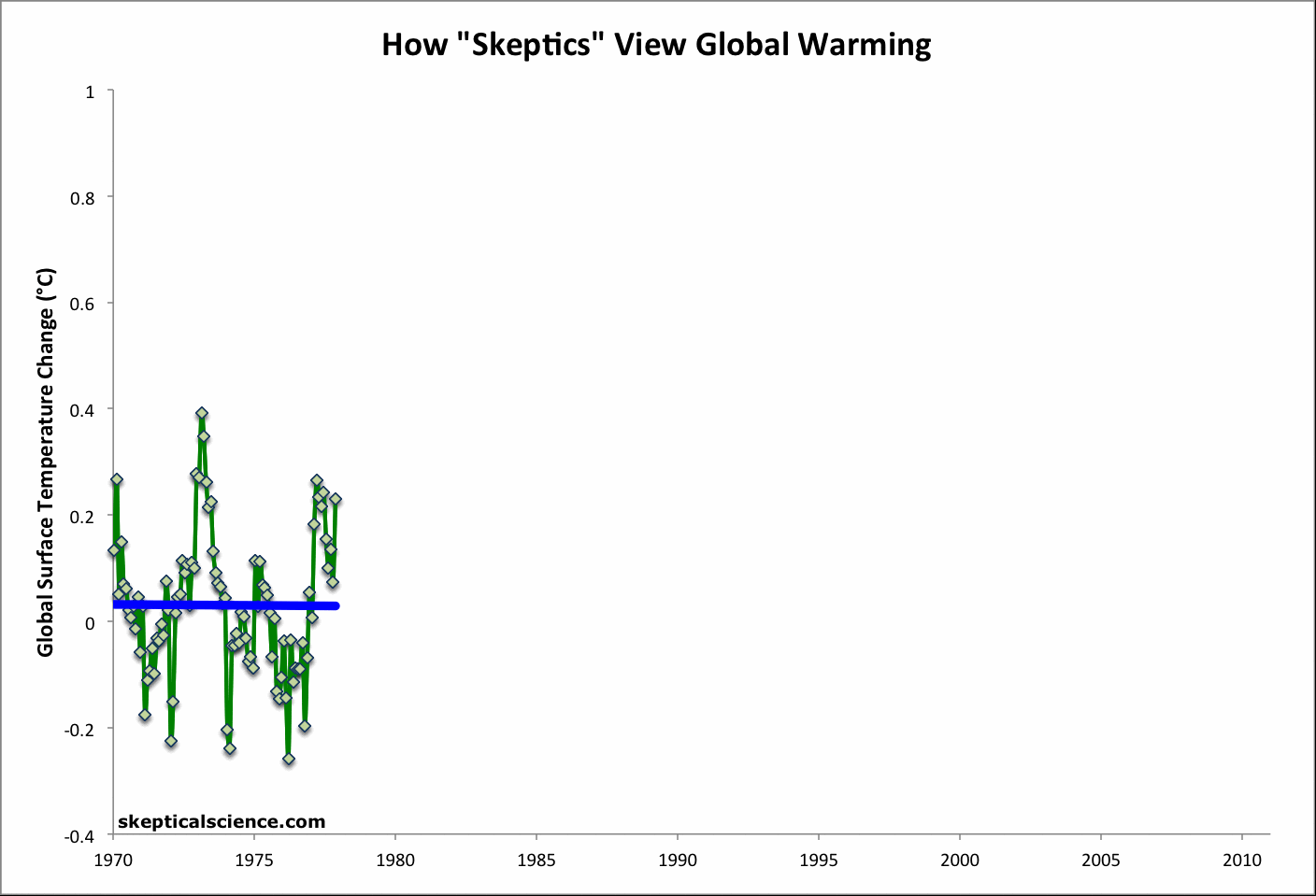if you have no answer and Conceded my point, be glad to answer.
ergo:
First your many time Premise error.
It went "down" for only HALF that period then bottomed and started to go back Up again, only recovering and Surpassing new high by 1980. Ooops!
Who's "blind"?
More:
".... So what caused the cooling period that interrupted the overall trend in the middle of the century? The answer seems to lie in solar dimming, a cooling phenomenon caused by airborne pollutants.
The main culprit is likely to have been an increase in sulphate aerosols, which reflect incoming solar energy back into space and lead to cooling. This increase was the result of two sets of events.
- Industrial activities picked up following the Second World War. This, in the absence of pollution control measures, led to a rise in aerosols in the lower atmosphere (the troposphere).
- A number of volcanic eruptions released large amounts of aerosols in the upper atmosphere (the stratosphere).
Combined, these events led to aerosols overwhelming the warming trend at a time when solar activity showed little variation, leading to the observed cooling. Furthermore, it is possible to draw similar conclusions by looking at the daily temperature cycle.
Because sunlight affects the maximum day-time temperature, aerosols should have a noticeable cooling impact on it. Minimum night-time temperatures, on the other hand, are more affected by greenhouse gases and therefore should not be affected by aerosols. Were these differences observed? The answer is yes: maximum day-time temperatures fell during this period but minimum night-time temperatures carried on rising.
The introduction of pollution control measures reduced the emission of sulphate aerosols. Gradually the cumulative effect of increasing greenhouse gases started to dominate in the 1970s and warming resumed.
As a final point, it should be noted that in 1945, the way in which sea temperatures were measured changed, leading to a substantial drop in apparent temperatures. Once the data are corrected, it is expected that the cooling trend in the middle of the century will be less pronounced."..."
There are a number of forcings which affect climate (eg - stratospheric aerosols, solar variations). When all forcings are combined, they show good correlation to global temperature throughout the 20th century including the mid-century cooling period. However, for the last 35 years, the dominant...
skepticalscience.com
Thank you for you ON TOPIC post even if it had a premise error, and you never challenge deluded morons like
Sunsettommy and Flacalteen on their "Cooling since 2016" (and other recent years) Idiocy. Which you must understand is Bogus.
`




